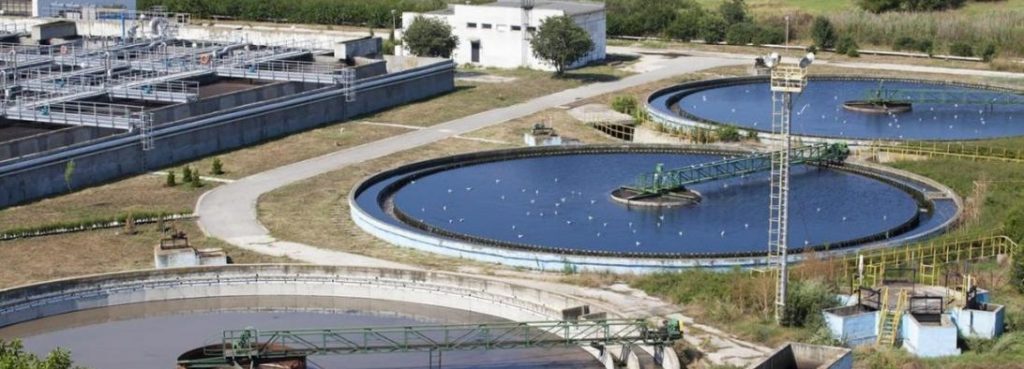
Is This Mineral Necessary in our H20?
The controversy over fluoride use in our water has been brewing since it all began in 1945 – and it continues to raise questions today.
Although fluoride is a naturally occurring mineral, it is also a harmful industrial waste product. Fluoride in large doses is toxic to the body and can have disruptive effect on a body’s biochemistry. The recommended dose of fluoride in the drinking water is .8-1.0 ppm (parts per million). Forty years ago when public health implemented water fluoridation, it was intended as a cost effective process to improve oral health by reducing tooth decay.
Fluoridated water has a systemic effect on the body. It affects the entire body, not just the teeth. The kidneys excrete about 50% of the fluoride in water consumed, and tiny amounts are eliminated through sweat, saliva and feces.
So…what happens to the rest of the fluoride we drink in the water?
Good question. The remaining fluoride is actually absorbed directly into the bones and teeth. The concern with fluoride is that fluoride has an accumulative effect in the body and therefore, poses the risk of chronic toxicity in the body. Dental professionals support the unequivocal evidence that the indigestion of too much fluoride causes dental fluorosis. Dental fluorosis, also known as “mottled enamel”, is essentially an enamel defect that occurs when too much systemic fluoride is present during tooth development. It is characterized by white spots on the teeth, pitting of the enamel and sometimes brown stains. If high amounts of fluoride are ingested between ages 1-3, the front teeth and first molars will be affected with dental fluorosis. If high doses of fluoride are ingested after the age of three; the canines, premolars and second molars will be affected with dental fluorosis.
Something important for parents to note…
It is absolutely imperative that infants and young children until the age of 4 and not be exposed to fluoride from any source. Infants should not exceed .15 mg of fluoride/kg/day. One of the greatest exposures of infants to systemic fluoride is from infant formulas made with fluoridated tap water. Using fluoridated tap water to make infant formula increases the fluoride content of formula between .7-1.4 ppm. In fact, baby formula made with fluoridated tap water can have 100 times more fluoride than naturally occurring fluoride levels present in breast milk! It’s also important to be sure to read labels on baby food for the fluoride content.
Fluoride: It’s in more places thank you may think
Currently, the Canadian Dental Association recommends that fluoride not exceed .05mg/kg/day from all sources. Other than fluoridated water, fluoride is also found in some common medications such as Celebrex, Cipro, Diflucan, Prozac and Lipitor.
Breathing fluoride-polluted air is also another source of fluoride that can accumulate in the body. Manufacturing plants where steel, brick and aluminum are produced will generally have higher levels of fluoride in the air. As the contentious debate over water fluoridation continues, information collected suggests that water fluoridation may not be the most effective way to prevent tooth decay today. At most, a casual association exists between water fluoridation and the decrease of dental decay. The possible serious long-term health risks water fluoridation presents may be greater than the dental health advantages. In areas where the socioeconomic status is low, tooth decay is still rampant despite water fluoridation. Therefore, it may be that the benefits of water fluoridation have been overstated.
Better alternatives to cavity prevention?
Water fluoridation is not the only solution for tooth decay. Cavities can be prevented by implementing preventative oral health care programs in communities and schools. Investing time and money into educating the public on oral hygiene instruction and diet related to dental decay are fundamental to reducing cavities – as well as focusing on initiatives that allow access to oral health care for all people, especially children.
Why children? Well, children are at highest risk for dental cavities. Providing children with accessibility to preventative dental treatments like dental sealants and topical fluoride varnish will help to minimize the risk of tooth decay. Educating pregnant women and first-time parents about nursing bottle tooth decay, as well as fluoride use from both toothpaste and mouth rinse, will have great impact on decreasing appropriate cavities.
As oral health care professionals and dental hygienists, we engage in all preventative measures available to promote oral health, decrease dental decay and empower patients with knowledge to achieve a healthy, beautiful smile for life!
Is your smile due for a cleaning? Visit our friendly Pina Mazza today! Call or e-mail pinamazza@mapledentalhygienecare.com to schedule a visit.
